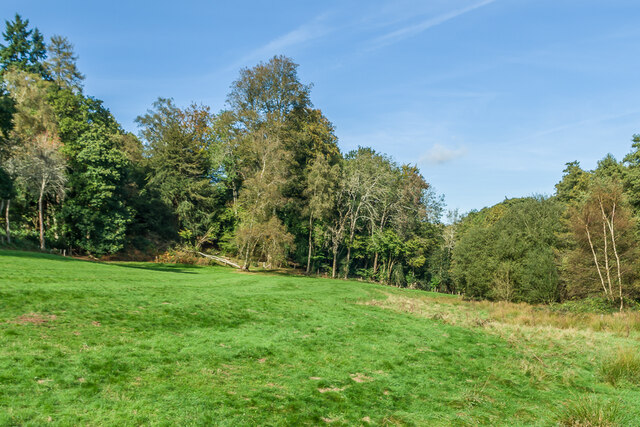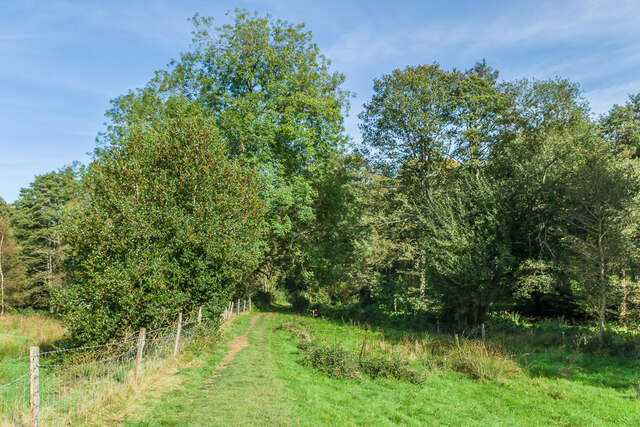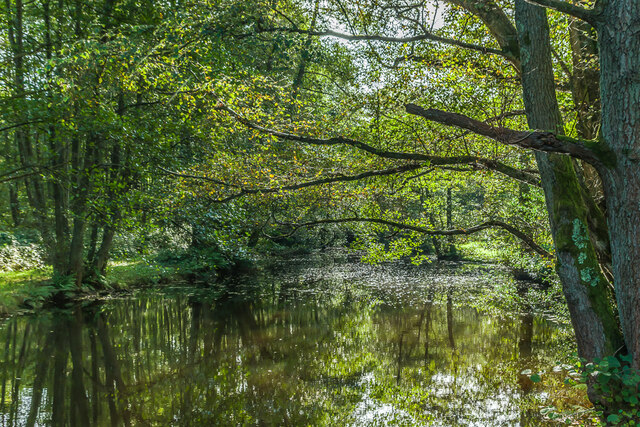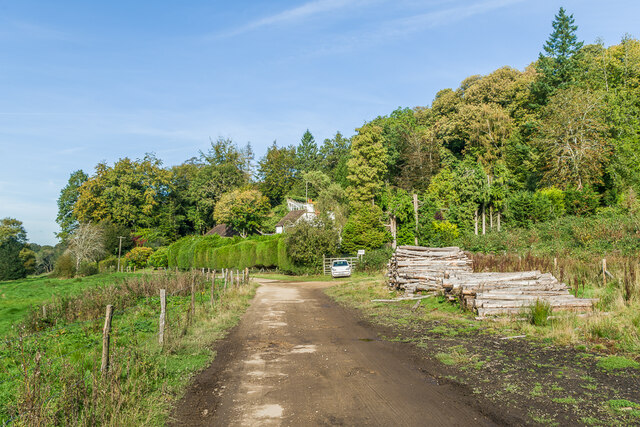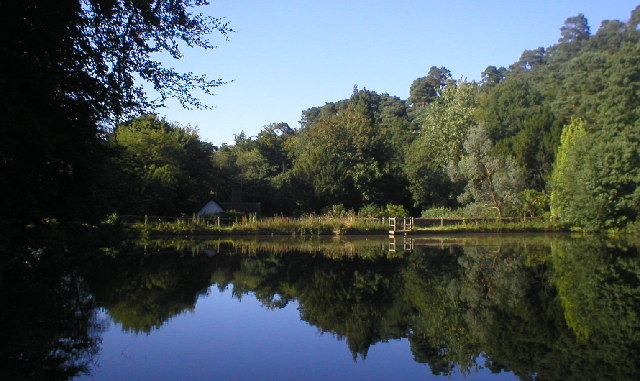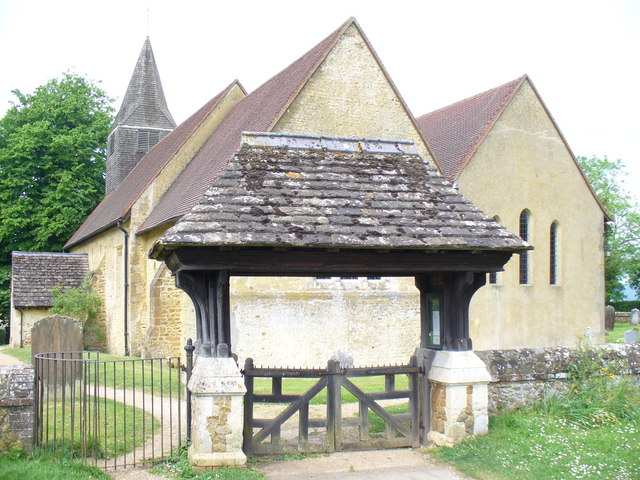Parkhurst Wood
Wood, Forest in Surrey Mole Valley
England
Parkhurst Wood
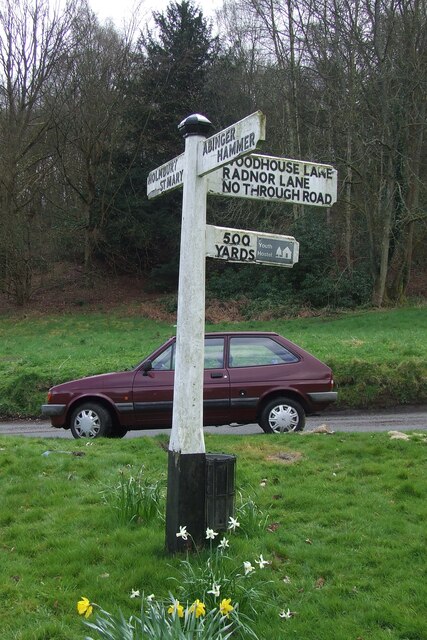
Parkhurst Wood is a picturesque woodland located in Surrey, England. Covering an area of approximately 100 acres, this ancient forest is a haven for nature lovers and those seeking tranquility amidst the bustling suburban landscape.
The wood is predominantly composed of towering oak trees, which are interspersed with a variety of other native tree species such as beech, birch, and chestnut. The dense canopy of foliage creates a cool and shaded environment, perfect for leisurely walks on hot summer days. Bluebells carpet the forest floor in spring, creating a stunning display of vibrant colors.
A network of well-maintained footpaths crisscrosses through the wood, allowing visitors to explore its natural beauty at their own pace. These paths lead to hidden clearings and secluded spots, where one can sit and soak in the serene atmosphere or observe the diverse wildlife that calls Parkhurst Wood home. Squirrels scamper through the trees, while birdsong fills the air, creating a melodic symphony.
Parkhurst Wood is not only a haven for flora and fauna but also a site of historical significance. The wood has existed for centuries and has witnessed the passage of time. Ancient burial mounds and remnants of old settlements can be found within its boundaries, serving as a reminder of the area's rich past.
Managed by a local conservation group, Parkhurst Wood is a cherished community asset that welcomes visitors throughout the year. Its natural beauty, abundant wildlife, and historical significance make it an ideal destination for those seeking a peaceful escape from the modern world.
If you have any feedback on the listing, please let us know in the comments section below.
Parkhurst Wood Images
Images are sourced within 2km of 51.193287/-0.39823864 or Grid Reference TQ1245. Thanks to Geograph Open Source API. All images are credited.
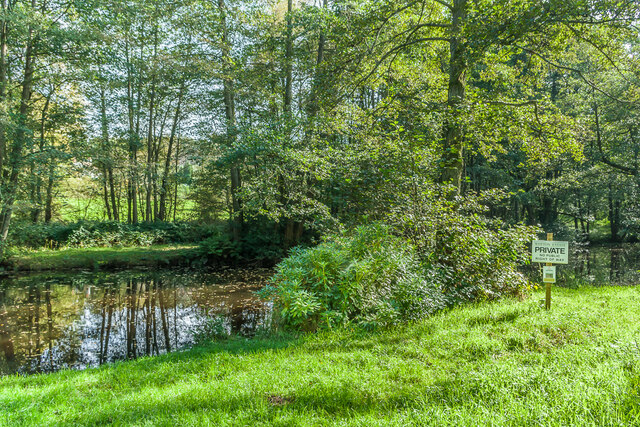
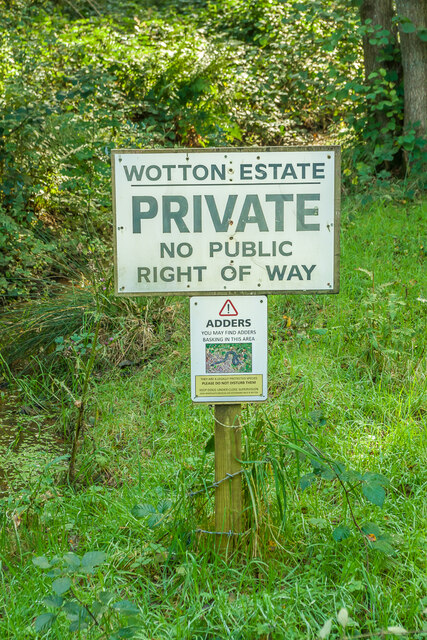
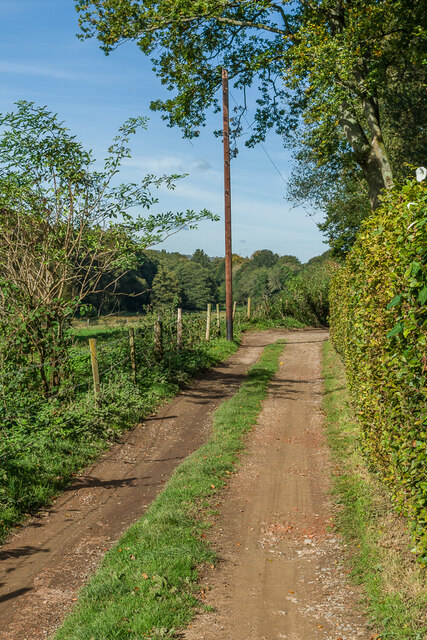





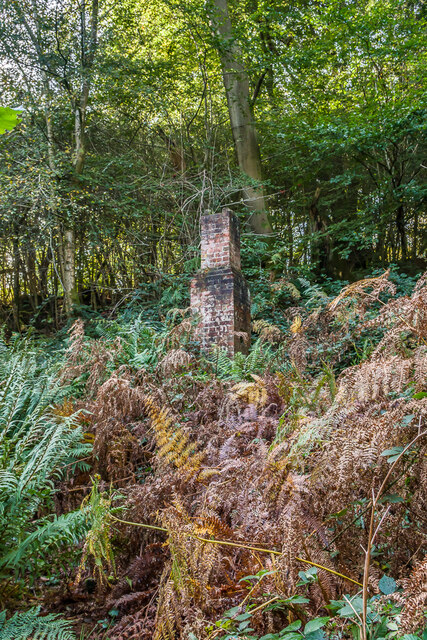
Parkhurst Wood is located at Grid Ref: TQ1245 (Lat: 51.193287, Lng: -0.39823864)
Administrative County: Surrey
District: Mole Valley
Police Authority: Surrey
What 3 Words
///comb.costs.vast. Near Peaslake, Surrey
Nearby Locations
Related Wikis
Goddards
Goddards is a Grade II*-listed house in Abinger Common, Surrey, England. It was designed by Edwin Lutyens in 1898–1900 in the ideals of the Arts and Crafts...
Belmont School, Surrey
Belmont is an independent co-educational school in Surrey which takes pupils from the ages of 3 to 16. The school is a charitable trust, administered...
Abinger
Abinger is a large, well-wooded and mostly rural civil parish that lies between the settlements of Dorking, Shere and Ewhurst in the district of Mole Valley...
Friday Street
Friday Street is a hamlet on the gentle lower north slope of Leith Hill in Surrey, England. It is in a wooded headwater ravine, just to the south of Wotton...
Abinger Common War Memorial
Abinger Common War Memorial is a First World War memorial in the village of Abinger Common in Surrey, south-eastern England. The memorial was destroyed...
St James's Church, Abinger Common
St James's Church stands on Abinger Lane in Abinger Common, a small village within the civil parish of Abinger in Surrey, south-eastern England. The church...
Holmbury St Mary
Holmbury St Mary is a village in Surrey, England centered on shallow upper slopes of the Greensand Ridge. Its developed area is a nucleated village, 4...
Woodhouse Copse, Holmbury St Mary
Woodhouse Copse is an Arts and Crafts style house in the village of Holmbury St Mary, Surrey, England. It is a Grade II listed building, with gardens originally...
Related Videos
Winter Walk - English Country Estate - Wotton House
Sharing our winter walk in the UK's first Italian garden, located in Surrey at Wotton House, English Country Estate, UK. #wotton ...
Avoid holiday weight gain: 3 tips to achieve success
Dr Joes best ways to maintain or lose weight this Christmas holiday. So often the Christmas holidays help us make the wrong ...
Tillingbourne waterfall
A lovely walk through the Surrey hills from Broadmoor car park walking through the Wotton estate woodland and down to ...
Nearby Amenities
Located within 500m of 51.193287,-0.39823864Have you been to Parkhurst Wood?
Leave your review of Parkhurst Wood below (or comments, questions and feedback).
